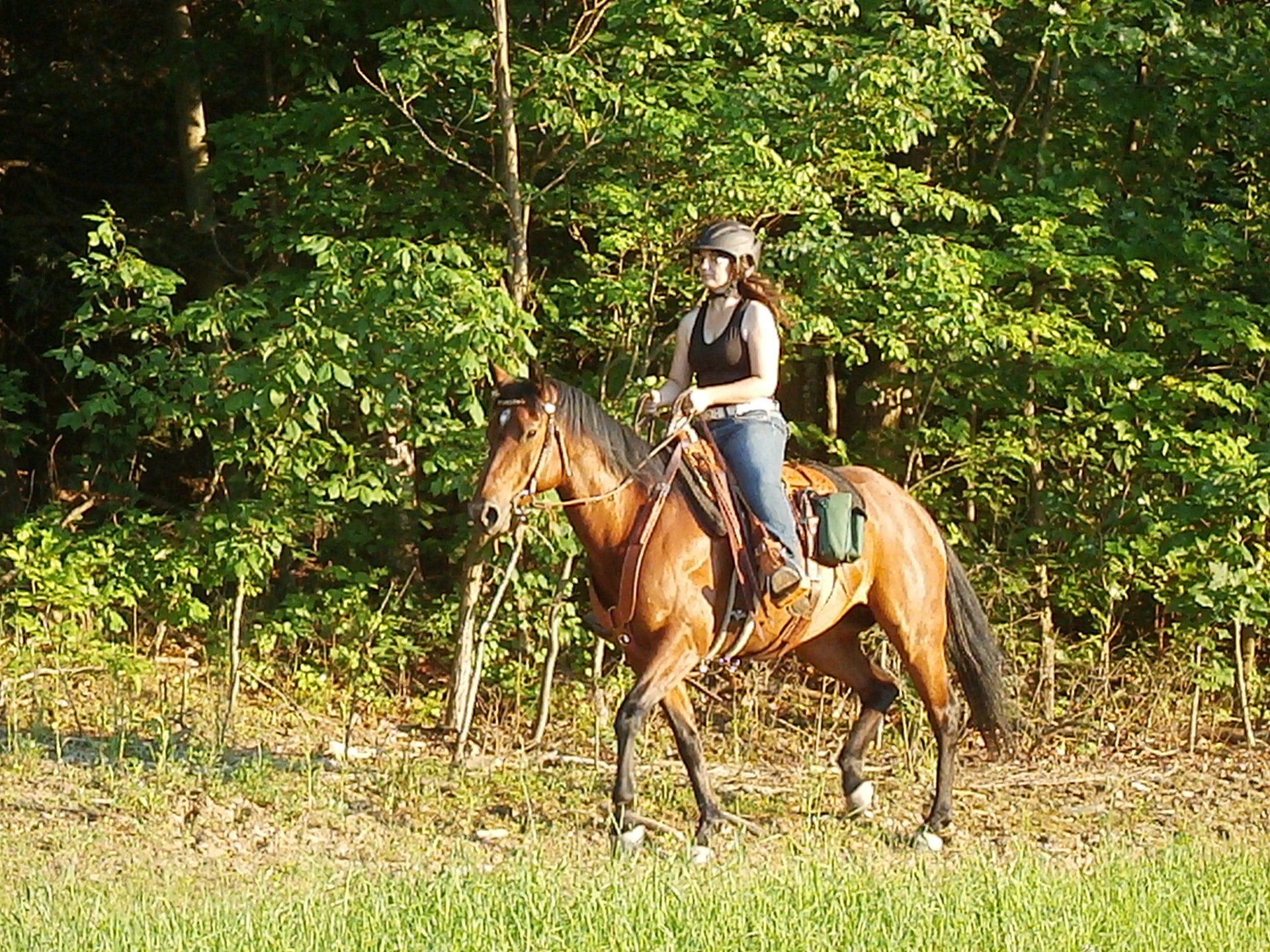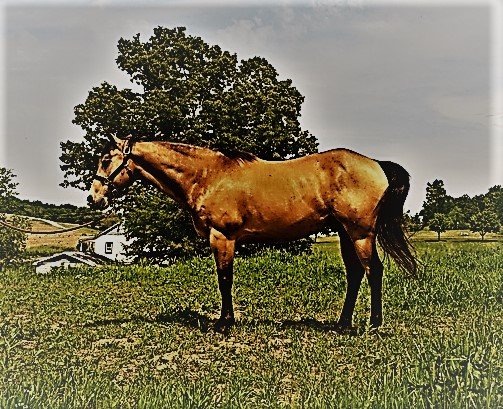
Riding is like any sport. It takes practice to get good, but it is not enough to practice until you can get it right. If you want to become truly great at riding you need to practice until you can’t get it wrong.
[click_to_tweet tweet=”If you want to become truly great at #riding, practice until you can’t get it wrong.” quote=”If you want to become truly great at riding, practice until you can’t get it wrong.”]
I know what you’re thinking: what’s the difference? It’s the same thing, isn’t it?
Practicing until you can get it right implies you need to still work to get it right. Just because you can get it right doesn’t mean you will always get it right. But, if you practice until you can’t get it wrong, it will become so ingrained, second nature even, that you will get it right every single time with minimal effort and without overthinking it. This takes a combination on muscle memory and mental practice.
What does it take?
The key to practicing until you can’t get it wrong is breaking every maneuver down into the smallest building blocks possible. Once each building block has been mastered to the point that you can’t get it wrong, they can be combined to more complicated maneuvers. If the building blocks are solid, the more advanced maneuvers will not be that difficult because they are simple a series of smaller building blocks strung together.
Here is where so many people get caught up though. They think that practicing until the maneuvers become so ingrained that they are second nature mean drilling them day in and day out. This might work for humans, but horses do not see the point of drilling. They see drilling as a punishment.
The best way to let horse know they have gotten something right is to stop asking them to do it once they’ve got the right answer. So, if you can’t drill, how are you supposed to practice until you can’t get it wrong?
The key is to make learning and practicing fun.
If you constantly ask your horse to do the same thing repeatedly, he will sour quickly. You need to get creative. Find a way to incorporate those building blocks into your ride in other ways. This is one of the reasons I do a lot of my training outside the arena. Trails give ample excuses to side pass, back, transition gaits, turn on the forehand, turn on the hindquarters, step across branches like ground poles, and just about any other maneuver you can come up with. It is all about finding creative ways to incorporate these maneuvers into the ride so that the horse doesn’t feel like you’re drilling.
Moose loves this tactic. She knows we’re working, but she enjoys it because it has a purpose. We’re not just side passing over a pole in an arena or leg yielding across diagonals. We’re using these maneuvers to navigate a mountainside, avoid rocks and branches, and step around potholes. Ok, maybe I go a little out-of-the-way to turn it into a training maneuver, but it’s fun and challenging so she doesn’t care. In fact, she enjoys train rides like this far more than plodding down a trail nose to tail. It has become a game to her.
Don’t ask for too much
Here is another stumbling block that many people hit. When practicing side passing, backing, leg yielding, turning on the forehand, and turning on the hindquarters, they ask for too much too soon. I was at a ranch pleasure clinic when I learned this one: only ask for three steps at a time. Get really good at those three steps. Once those three steps become so smooth and effortless that they are second nature, three steps will start turning into four and five and so on. I rarely let it build too much though. Even if she offers more, I stop asking at three. I gladly accept whatever she gives me above and beyond that, but I do not demand it.
Once you get really good at a couple of steps at a time, you can start stringing them together in the show ring. I have learned not to even ask for full turns and side passes in practice much anymore. A few steps doesn’t take much effort. I know Moose can do more, but I rarely ask for it. This keeps her fresh and when I do suddenly push and ask for more, she has a lot stored up and gives me everything she’s got.
But doesn’t asking for less steps mean you are getting less practice?
Just because I only ask for three steps at a time, doesn’t mean she only gives me three steps per ride. I find ways to subtly incorporate as many maneuvers as possible into every ride so I could be asking for each maneuver ten times. That’s 30 steps of each maneuver per ride. So, you see how it adds up quickly. She doesn’t feel like I’m drilling her, but we are practicing and working those muscles into shape. This is the key to practicing until you can’t get it wrong.
If I ask for three steps per maneuver and each maneuver is performed 10 times in a ride, that’s 30 steps per ride. If I ride at least 5 days a week, that 150 steps per week per maneuver and 600 steps per month. That is a lot of practice.
For comparison, 3 steps is about a quarter of a turn. So, if you are practicing a full turn (or side pass, or whatever) each time, let’s estimate that each maneuver would take 12 steps. If you have a horse like Moose who gets irritated quickly, you can probably only practice it twice per ride without her getting snippy and lazy. That 24 steps per ride, 5 days a week, 120 steps per week, 480 steps per month.
That is 20% less practice achieved than by breaking it down into 3 step increments and the quality of the turns will be less as practicing full turns results in a less crisp and precise maneuver.
So remember, less is more and practice until you can’t get it wrong.
What are some of your favorite practice strategies? Share and join the conversation on Twitter!
[click_to_tweet tweet=”Break everything down into the tiniest steps and make learning fun for your #horse!” quote=”Break everything down into the tiniest steps and make learning fun for your horse!”]









